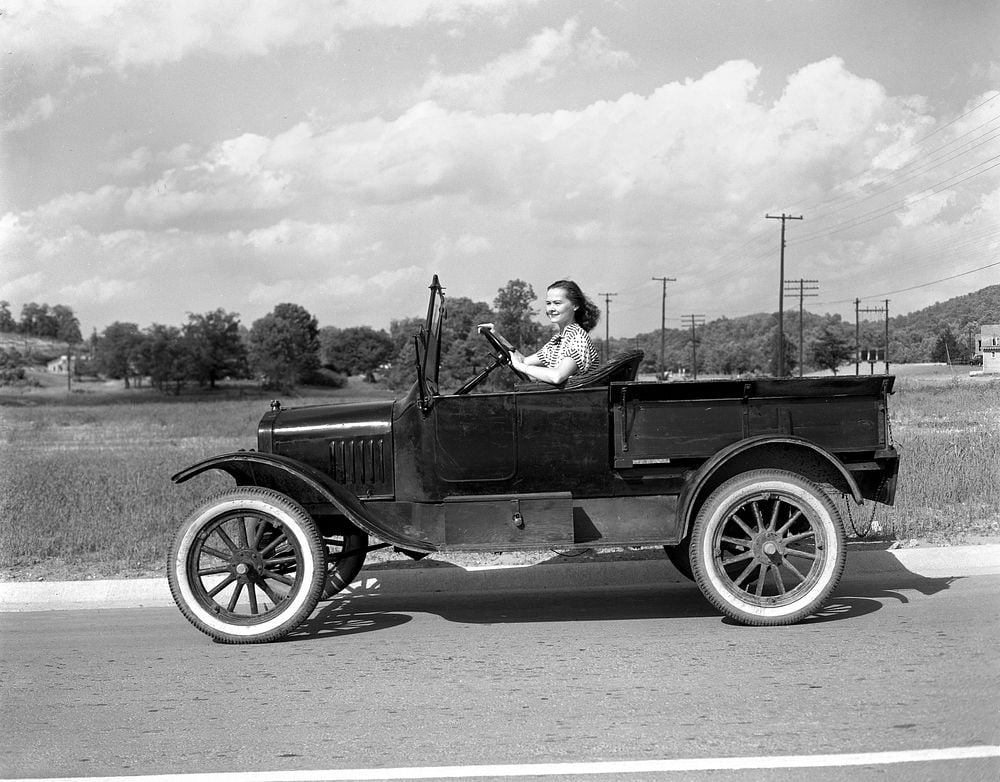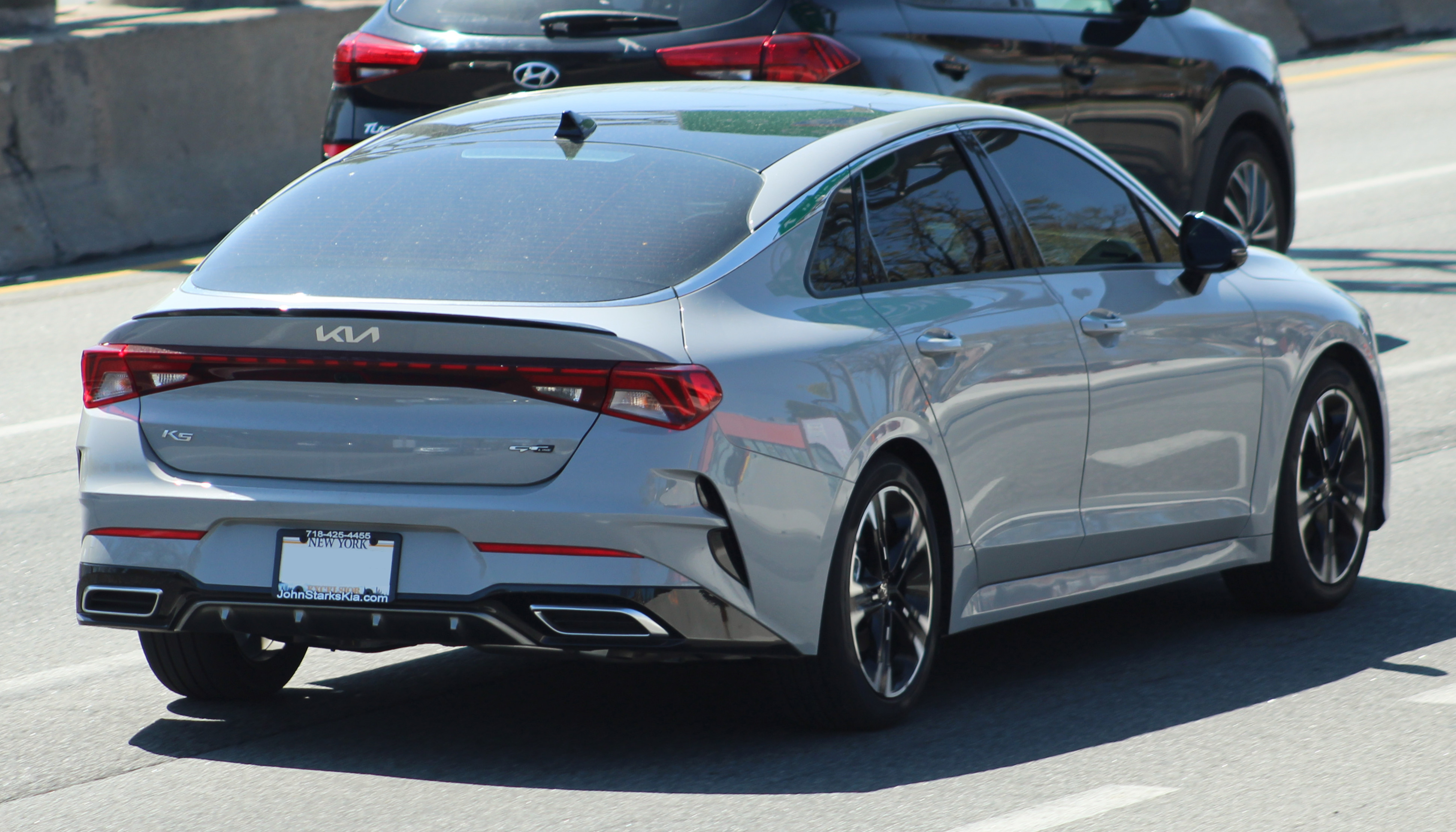
Car design is a complex interplay of art and engineering, making it a challenging endeavor to strike the right balance. Designers must captivate the public with visually appealing cars that are also practical and cost-effective to produce, resulting in certain features earning a notorious reputation among both automotive enthusiasts and everyday drivers. In this article, we’ll explore the top 16 modern car features that have driven drivers absolutely crazy over the years.

1. **Gigantic Grilles**: The trend of oversized grilles in modern car design has ignited a firestorm of debate. A prime example is BMW’s new 7-Series, which boasts an enormous kidney grille that many believe looks more like a cartoonish caricature than a sophisticated choice. This design choice not only disrupts the aesthetic appeal but also raises concerns about its functionality, prompting many to question whether there’s a cap on how large a grille can get before it becomes absurd.

2. **Fake Scoops and Grilles**: In an age where authenticity is prized, the prevalence of fake scoops and grilles on modern cars has rubbed many the wrong way. These design elements serve no functional purpose but instead seem to cater to a superficial aesthetic. Enthusiasts crave genuine performance cues, and these faux features feel disingenuous, detracting from the overall experience of owning a vehicle that should convey power and capability.

3. **Yoke Steering Wheels**: Tesla and the Lexus RZ have introduced yoke steering wheels, a feature that has sparked more than a few debates among drivers. While the intention may be to provide a futuristic driving experience, many argue that it compromises ergonomics and control. The awkward design leads to difficulties in maneuvering, leaving drivers frustrated rather than exhilarated. A steering wheel should inspire confidence, not confusion.

4. **Lane-Centring Assist**: Lane-centring assist is another polarizing feature that aims to make driving safer by keeping the vehicle centered in its lane. However, many drivers have reported that the system often feels intrusive, fighting against their own steering inputs and creating a tug-of-war scenario. The feature can become particularly concerning on secondary roads where a driver’s ability to maneuver around obstacles is crucial. Instead of enhancing safety, this feature can feel counterintuitive and frustrating.

5. **Remote Parking**: The promise of remote parking sounds appealing, but in practice, it has fallen short for many. Drivers have shared horror stories of the system misjudging distances and nearly colliding with nearby vehicles. This feature, which should enhance convenience, often proves to be more hassle than help, as its performance during real-world scenarios can be wildly inconsistent.

6. **Automated Parking Assist**: Automated parking assists are designed to simplify the parking process, yet many find that engaging the system can be more complex than simply parking the car themselves. The technology often requires several steps to activate, leading to a cumbersome experience that defeats the purpose of convenience. When technology complicates basic tasks, it loses its appeal.
7. **Audible Speed Alerts**: Many modern vehicles come equipped with audible speed alerts that chime insistently when drivers exceed the posted limit. While the intention may be to promote safe driving, many find the incessant beeping to be an irritant. Instead of a gentle reminder displayed on a screen, the noise distracts drivers from the road, making it a feature that many could do without.

8. **Useless Drive Modes**: Drive modes that claim to enhance performance often do little more than alter throttle response without making any significant difference in driving dynamics. The concept of modes like Sport or Eco becomes a marketing gimmick when the actual driving experience remains largely unchanged. Enthusiasts desire tangible benefits, and many find these drive modes to be a missed opportunity for genuine innovation.

9. **Voice Assistants**: Built-in voice recognition systems intended to control functions like climate or audio settings have also become a source of frustration for drivers. Instead of simplifying interactions, many find themselves battling with unresponsive systems that can’t accurately interpret commands. Instead of enhancing convenience, these features often necessitate more physical interaction with controls, which contradicts their purpose.

10. **Rear-Seat Entertainment Systems**: Once a luxury feature, rear-seat entertainment systems have become less relevant with the rise of portable devices. With tablets and smartphones readily available, the need for integrated screens in vehicles has diminished, making them seem redundant. Why install a fixed screen when kids can easily engage with their own devices?

11. **Wireless Phone Chargers**: Although the notion of wireless phone charging in vehicles is enticing, countless drivers have experienced frustrations due to inconsistent performance. Challenges with alignment and overheating have made this feature more of a hassle than a convenience for many. Ultimately, many find themselves returning to traditional charging methods, rendering the wireless option little more than a gimmick rather than an essential upgrade.
12. **Head-Up Displays**: Head-up displays (HUDs) are intended to project crucial information onto the windshield, allowing drivers to maintain focus on the road ahead. Yet, many drivers find these displays more distracting than advantageous, especially if the information isn’t precisely calibrated. A poorly functioning HUD can clutter the driver’s view or mislead them regarding their speed or navigation, turning a feature that should enhance safety into one that detracts from it, leading to a dangerous lack of situational awareness.

13. **Touchscreen-Only Controls**: Many modern vehicles have opted for touchscreen interfaces at the expense of tactile knobs and buttons. While the sleek, minimalist design is visually appealing, it often compromises usability. Touchscreens can be slow to respond and require the driver to take their eyes off the road to access controls. This shift away from physical buttons can make simple tasks like adjusting the temperature feel cumbersome and distracting, especially while driving.

14. **Integrated Dash Cams**: The concept behind integrated dash cams is to enhance security and provide peace of mind while driving. However, many drivers perceive these systems as more of a nuisance than a benefit. Problems such as subpar video quality and frequent recording interruptions can lead to significant frustration, making what was supposed to be a safety feature a source of annoyance that detracts from the overall driving experience.

15. **Adaptive Headlights**: Adaptive headlights are engineered to pivot and adjust their angle based on steering input, theoretically enhancing night visibility. However, numerous drivers have reported that these headlights can be overly sensitive or erratic, causing them to stray dangerously into oncoming traffic. Rather than fostering a safer nighttime driving environment, these features often create confusion and concern about potentially blinding other drivers with misplaced beams.

16. **Bluetooth Connection Issues**: Bluetooth connectivity in cars is meant to allow seamless integration with smartphones for music and calls. Unfortunately, many drivers report persistent issues with maintaining a stable connection. Dropouts during calls or difficulty pairing devices leave drivers feeling frustrated. Instead of enhancing convenience, these problems turn what should be an easy task into a source of annoyance that detracts from the overall driving experience.

These various features highlight the range of modern advancements in the automotive world that, despite their intended benefits, often miss the mark in terms of practicality and user satisfaction. As the automotive industry continues to innovate, it becomes increasingly vital to balance the excitement of new technology with the fundamental need for intuitive and user-friendly design. Ultimately, recognizing and understanding these less favored features empowers consumers to make informed choices when selecting their next vehicle, advocating for designs that genuinely enhance the overall driving experience.
Related posts:
What’s The Most Despised Car Design Feature Ever?
The most overrated features in new cars
The Top 10 Useless Features You Don’t Need in a Car






